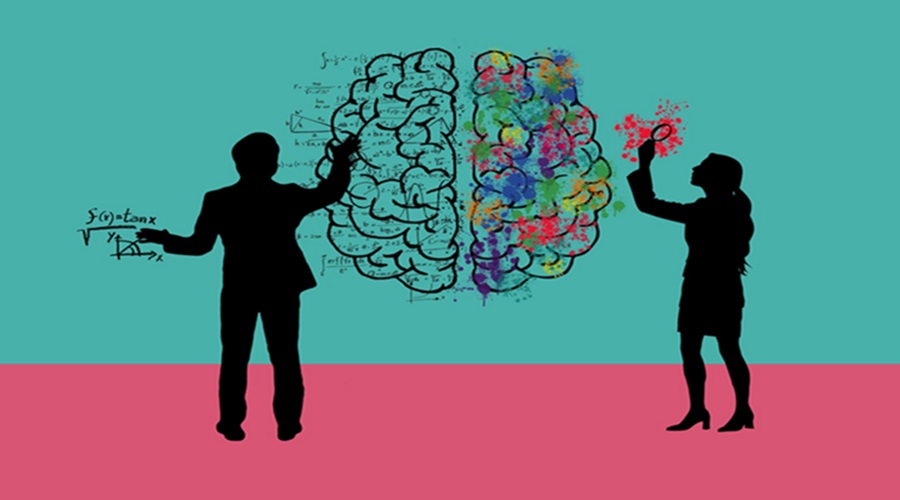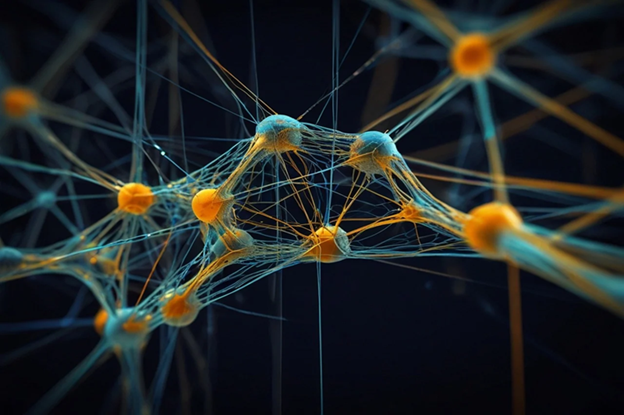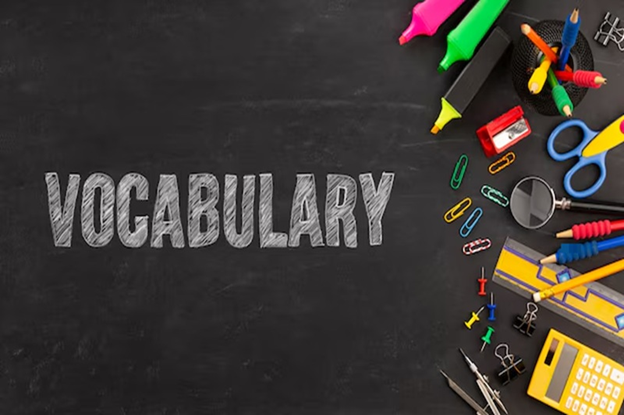Month: February 2025
Discourse Analysis: Unveiling Meaning Beyond the Sentence

Abstract: Discourse analysis is a multifaceted and interdisciplinary approach to studying language in use. It moves beyond the analysis of individual sentences to examine how language functions in real-world contexts, revealing the social, cultural, and political dynamics that shape communication. This paper will explore the theoretical foundations of discourse analysis, its key methodologies, and its diverse…
Applied Linguistics: Bridging Theory and Practice in a World of Language

Natural Language Processing Phases

Natural Language Processing (NLP) is the field of artificial intelligence that focuses on the interaction between computers and human language. It involves a series of stages or phases to process and analyze language data. The main phases of NLP can be broken down as follows. We interact with language every day, effortlessly converting thoughts into…
The Marvelous Anatomy of Human Brain

Have you ever wondered about the incredible organ sitting between your ears? The human brain, weighing just about 3 pounds, is the command centre of our entire body and the seat of our consciousness. Imagine holding a wrinkled, greyish-pink object about the size of two fists clasped together. That’s your brain! But don’t let its…
The Steps that Help Computer to Understand Human Language

Natural language processing uses Language Processing Pipelines to read, pipelines Pipeline apply the human decipher and understand human languages. These pipelines consist of six prime processes. That breaks the whole voice or text into small chunks, reconstructs it, analyses, and processes it to bring us the most relevant data from the Search Engine Result Page.…
Gestural Language: Understanding Communication Beyond Words

Abstract: Human communication extends far beyond spoken or written language. Gestures, as an integral part of our communicative repertoire, often operate silently and subconsciously to convey meaning, regulate interaction, and enhance understanding. In our daily interactions, we often rely heavily on spoken or written words to convey our thoughts and feelings. However, a significant aspect…
The Importance of Taxonomy in Information Science

Introduction In the era of big data and digital information, the importance of organizing, managing, and making sense of data has become increasingly vital. This is where taxonomy comes into play. Taxonomy is a systematic classification, categorization, and organization of information based on specific criteria. It has long been an essential tool in information science…
Text Analysis: Deconstructing and Reconstructing Meaning

Introduction Natural Language Processing (NLP) is a subfield of computer science, artificial intelligence, information engineering, and human-computer interaction. This field focuses on how to program computers to process and analyse large amounts of natural language data. This article focuses on the current state of arts in the field of computational linguistics. It begins by briefly…
Understanding Neural Networks: The Backbone of Modern AI

Abstract: Modelled after the structure of the human brain, neural networks have emerged as a fundamental technology in modern artificial intelligence. From image recognition and natural language processing to robotics and drug discovery, neural networks are driving advancements across diverse fields. This paper provides a comprehensive overview of neural networks, exploring their fundamental principles, architectures,…
What is Data Annotation and What are its Advantages?

AI and machine learning is one the fastest growing technology brining unbelievable innovations providing the advantages to different fields globally. And to create such automated applications or machines, huge amount of training data sets is required. And to create such data sets, image annotation technique is used to make the objects recognizable to computer vision…
Linked Data vs. Data Lineage: Navigating Data Landscape

Okay, here’s an article exploring the differences between Linked Data and Data Lineage, aimed at a readership interested in data management and its related concepts: In the ever-expanding universe of data, understanding how information connects and flows is paramount. Two essential concepts in this realm are Linked Data and Data Lineage. While both contribute to…
Glossary Standardization

In glossary standardization, taxonomy provides a structured framework for organizing and categorizing terms, ensuring that definitions are consistent, easily navigable, and universally understood. Taxonomy serves as a backbone to make glossaries more coherent and usable, especially when dealing with complex domains like technical fields, law, medicine, or industry-specific terminology. By organizing terms in a hierarchical…
Technical Jargon: A Linguistic Exploration

Abstract Language serves as a powerful medium for communication, but it comes in various forms and styles that can either bridge understanding or create barriers. Among these variations is jargon—a specialized language used by particular groups to convey complex ideas succinctly. This paper explores the definition of jargon, its characteristics, contexts of use, and the…
Language Syntax: An Overview

Introduction Language syntax is the study of the rules, principles, and processes that govern the structure of sentences in a language. It is a fundamental aspect of linguistics and it examines how words and phrases are arranged to create well-formed sentences in a language. Syntax is derived from the Greek word “syntaxis,” which translates to…
Words Have Power

1 Introduction Words have power. Words have a context. Words could be understood differently, depending on the on the situation where the dialogue has taken place: the atmosphere, the context and the emotional feeling of the people being in the situation. There is another factor or in another word ‘other factors’ that could be taken…
















